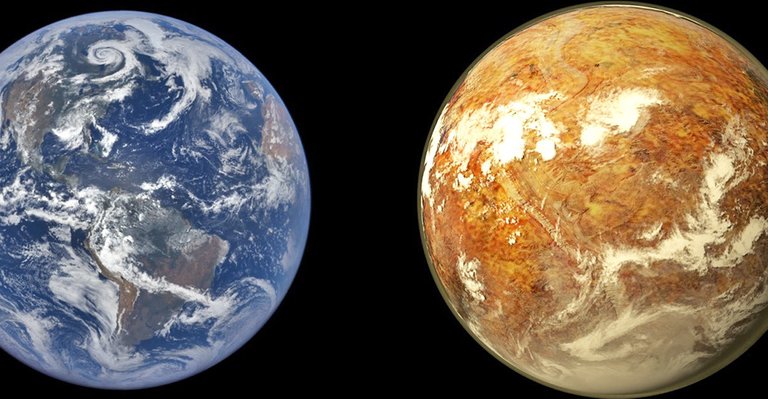Mystery of how animals arose on Earth has been solved
Millions of years ago our planet experienced the mother of all ice ages. An event that not only turned the Earth into a giant snowball but, according to research led by the Australian National University (Australia), probably also laid the groundwork for a biological revolution. The answer to this ancient mystery has been found in ancient sedimentary rocks in central Australia where organic molecules trapped in rock have been found to suggest a global algal bloom after melting ice.
"We smashed the rocks into powder to extract the molecules from the ancient organisms," says Jochen Brocks, who told us that something really interesting happened 650 million years ago. , Co-author of the work.
"Before all this happened, there was a dramatic event 50 million years earlier called Earth Snowball." At that time, the Earth froze for 50 million years, and when snow began to melt during an extreme global warming event, rivers poured torrents of nutrients into the ocean, ripping off this fabulous process of life.
During the stage of the Proterozoic Eon, the planet's climate changed on several occasions
According to the researcher, the emergence of algae unleashed one of the deepest ecological revolutions in Earth's history, without which humans and other animals would not exist.
"These large, nutritious organisms at the base of the food chain (ie, algae) provided the energy explosion needed for the evolution of complex ecosystems where increasingly large and complex animals, including humans, could thrive "Says Brocks.
The extremely high levels of nutrients in the ocean, and the cooling of global temperatures to more welcoming levels, created the perfect conditions for the rapid spread of algae.
The sedimentary rocks discovered by researcher Amber Jarrett were directly related to the period immediately following the melting of the Snowball Earth. Experts used the conserved biomarkers of hydrocarbon to gauge the exact synchronization of photosynthesis of complex organisms known as Archaeplastida, a large species of microbial predator that developed the habit of swallowing undigested cyanobacteria, forming an innovative society.
"On these rocks we discovered surprising signs of molecular fossils. We immediately knew that we had made an innovative discovery that the Snowball Earth was directly involved in the evolution of large, complex life," says Jarrett.
Thus, we can now establish that between the 663 and 645 million years old, at the end of the Sturtian ice age, the composition of life on Earth changed for the first time in its history.

Congratulations @kabirlimon! You have received a personal award!
Click on the badge to view your Board of Honor.
Congratulations @kabirlimon! You received a personal award!
You can view your badges on your Steem Board and compare to others on the Steem Ranking
Vote for @Steemitboard as a witness to get one more award and increased upvotes!